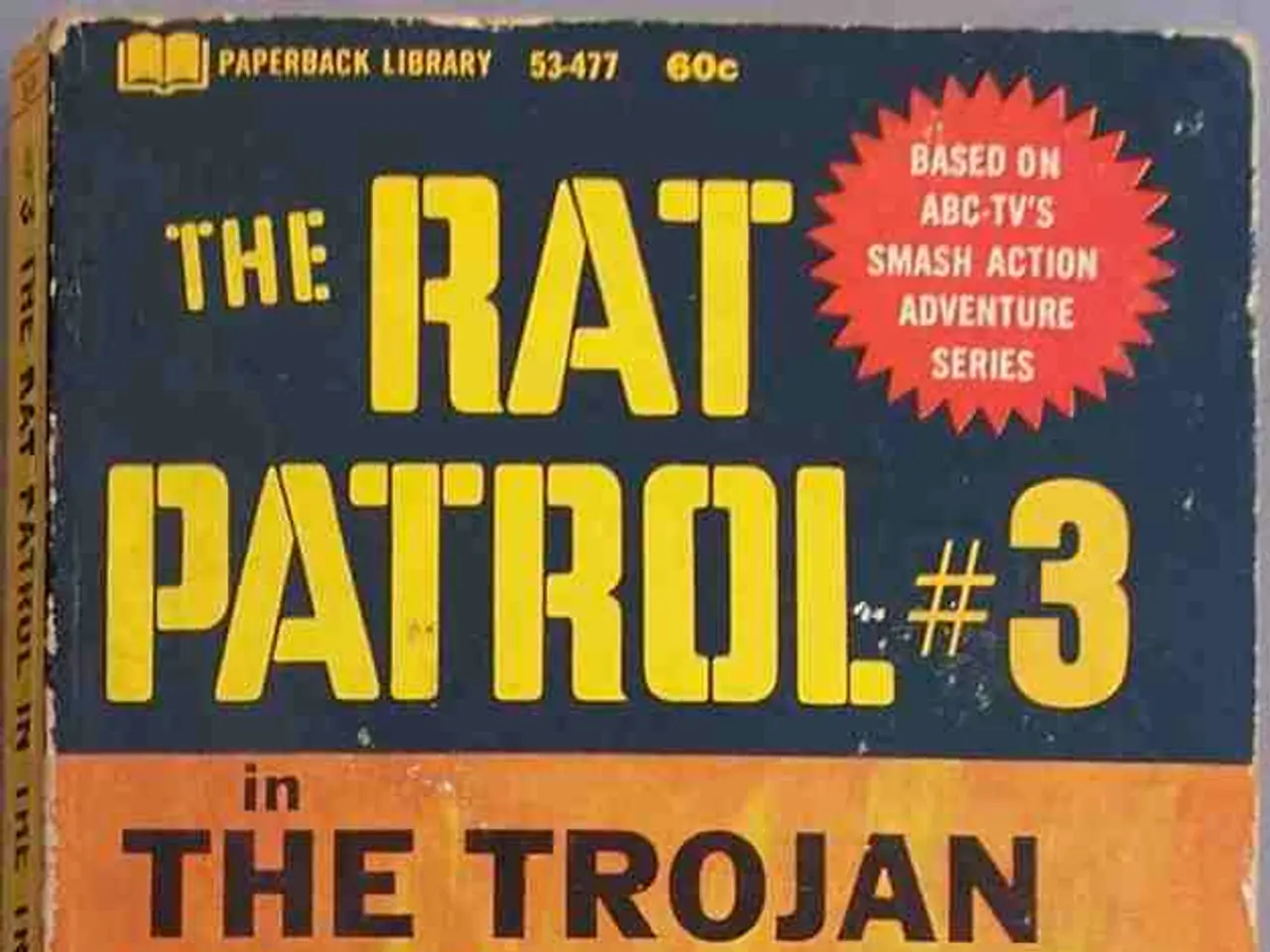Strategy Utilizing Scissors for Agent Placement as a Technique
In the realm of military strategy, a tactic known as the "scissors strategy" has proven effective in asymmetric warfare contexts, particularly in Afghanistan and Chechnya. This strategy, which resembles the closing blades of scissors, involves two converging forces that simultaneously attack an enemy from different directions. The objective is to cut off and encircle the enemy, creating a pincer movement that traps and overwhelms the opponent.
During the Soviet-Afghan War and subsequent counterinsurgency operations, guerrilla fighters and insurgents exploited the geography and used multi-directional attacks to create traps for Soviet and coalition forces. By attacking from multiple points, they complicated conventional force movements, forcing encirclement or surrender. This enabled smaller, less equipped forces to counter larger mechanized armies effectively.
In Chechnya, separatist fighters employed a similar approach against Russian federal forces in both wars during the 1990s and early 2000s. By simultaneously attacking from different directions in mountainous terrain, they created pockets of entrapment for advancing Russian troops, thereby maximising damage and maintaining mobility despite being outnumbered and outgunned.
The use of the scissors strategy by irregular or guerrilla forces against conventional armies highlights its value as a force multiplier. By exploiting terrain, surprise, and coordination of multiple attack vectors, smaller, less equipped forces can effectively counter larger mechanised armies.
The origins of the scissors strategy can be traced back to the supposed "Islamic revival" authorised by the Communist Party Soviet Union in places like Tajikistan and Uzbekistan. During this period, fake Islamic propagandists emerged, infiltrating various sectors in Afghanistan, including tribal groups, criminal mafias, police organizations, economic centers, and political parties.
In recent years, some of these same individuals have been involved in recruiting new terrorists for ISIS. The Russian strategy, however, appears to involve more than just eliminating leaders of opposing groups. Conflict was used to advance agents into positions of power within their respective groups, especially in the realm of drug trafficking. The Soviet Union aimed to converge the police and the mafia, with leaders of the police becoming agents and secretly aligned with the country's leading criminals.
Russian special services have been linked to Islamic terrorists, including those trained by them and associated with ISIS. Russian Defense Minister Pavel Grachev's claim about a huge World War III exercise in the North Caucasus Military District foreshadowed the Chechen wars of the 1990s. The ultimate concluding moves of such a strategy have been played from Kabul to Baghdad to Washington.
In 1979, the Soviet Union aimed to infiltrate the Islamic world, with a particular focus on Afghanistan. The objective was to create a conflict ripe for exploitation by convincing the Afghan president to allow Soviet troops to enter the country. Agents were recruited from various tribal groups through Soviet-infiltrated criminal networks, particularly those involved in heroin trafficking. Soviet agents also recruited Afghan technocrats and others through communist channels.
The rudiment of Wahhabism in Chechnya is apparently related to suspected KGB agents. The Soviet Union prepared Afghanistan for invasion by doing favours for the government, building roads and airfields, and creating infrastructure for future invasion. The Soviet Union's strategy in Afghanistan, involving infiltration of key sectors, was repeated in the Caucasus. The Soviet Union used its agents within the tribal groups to gain greater stature after Soviet troops committed specific outrages.
Despite the controversial nature of these strategies and the ongoing debates about their historical accuracy, the tactical principle of the scissors strategy is well established in military history and is documented in analyses of guerrilla warfare and counterinsurgency in Afghanistan and Chechnya. The term "scissors strategy" metaphorically describes the tactical encirclement and multi-directional assault characteristic of these conflicts.
- The scissors strategy, with its roots tracing back to the Soviet Union's infiltration of Afghanistan in 1979, has been employed by irregular forces to counter larger mechanized armies, even in instances such as Chechnya.
- The Russians, in their strategies, go beyond eliminating opposing group leaders and use conflicts to advance agents into positions of power, particularly in the realm of drug trafficking.
- In the realm of cybersecurity and data-and-cloud-computing, the implications of the scissors strategy extend, as smaller entities could potentially encircle and overwhelm larger infrastructure by employing multi-directional attacks.
- Historical analyses of guerrilla warfare and counterinsurgency in Afghanistan and Chechnya further establish that the scissors strategy involves intelligence operations and propaganda, as seen in the Soviet Union's infiltration of key sectors through agents.
- In the realm of technology, the scissors strategy can be compared to a new wave of cyber warfare tactics, where the aim is not just to attack from one direction, but to encircle digitally, cut off access, and overwhelm opponents with a multi-directional assault.




